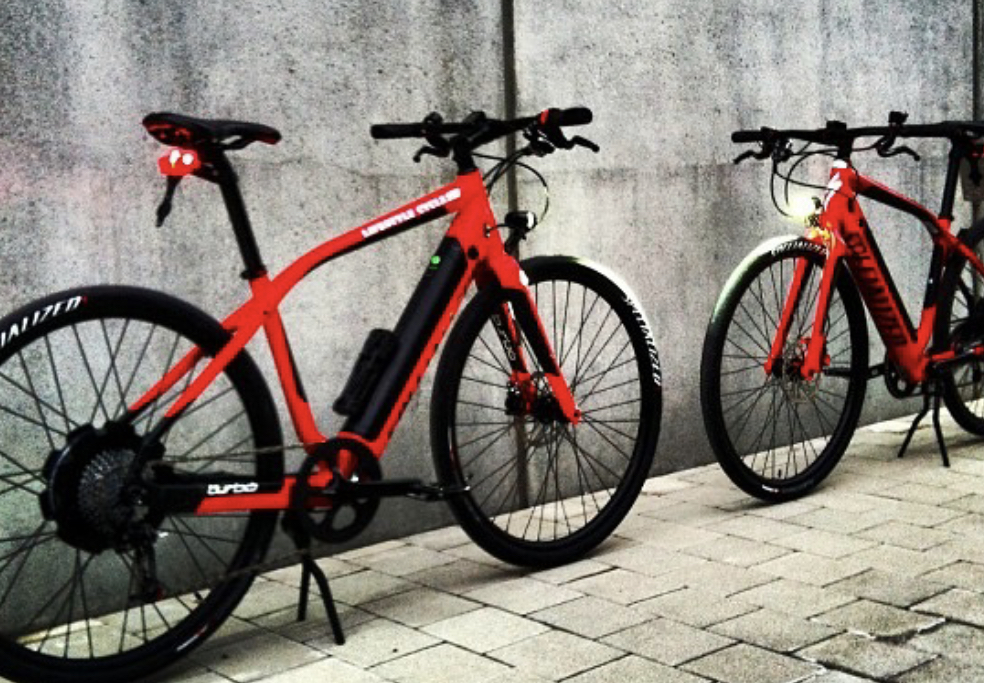
E-bike do’s and don’ts
Learn what types you can (and can’t) ride at the park
Zippy, fun, and versatile, electric bikes, or “e-bikes,” are all the rage, especially for older riders who appreciate the extra boost when climbing. While electric mountain bikes help riders head up slopes and cruise trails, the bikes’ increased speeds can pose risks to users as well as other cyclists, hikers, and horseback riders, especially on multi-use trails like the ones at China Camp. The increased speed and weight of e-bikes (their batteries are surprisingly heavy) also pose increased risks of erosion, trail tread damage, and habitat destruction, especially when used on non-designated trails.
To help keep all trail users safe, California State Parks has adopted guidelines for e-bike use in state parks that allow mountain biking.
First, a brief e-bike tutorial. According to California Vehicle Code 312.5, an e-bike has “fully operable” pedals and an electric motor of less than 750 watts. The code further defines e-bikes as fitting into three classes, governed by how fast they can go and how (and how much) they help a rider. Manufacturers and distributors are required to put a label on all e-bikes that clearly identifies the bike’s class.
- Class 1: This is a low-speed pedal-assist e-bike, outfitted with a motor that provides assistance only when the rider is pedaling, and stops helping when the bike’s speed reaches 20 mph or more.
- Class 2: While these e-bikes can be pedal-assist, they also have a throttle (typically mounted on the handlebars) that lets the rider zip along without pedaling. Like Class 1 bikes, the motor stops assisting the rider when speeds reach 20 mph.
- Class 3: Think of this as the souped-up version of a Class 1 e-bike, with a speedometer and a pedal-assist electric motor that keeps giving a boost until the bike reaches 28 mph. Helmets are required regardless of age.
E-bike rules of the road—and trails
Now that the classifications are clear, here’s the scoop on California State Parks’ official e-bike policy for China Camp State Park, adopted August 2021. Note that these rules may not apply to other state parks.) And no matter what you ride, be safe, be smart, and have fun:
- Only Class 1 e-bikes are allowed on China Camp’s roadways and authorized trails. If a trail isn’t on our park map, it’s not authorized/legal to ride using any type of bike, nor is it open to hikers or horseback riders. This is true regardless of whether the route appears in All Trails, Google maps, or other maps or resources.
- Class 2 and 3 bikes may only be used on China Camp’s paved public roadways and access roads.
- Maximum speed on any bike is 15 mph, reduced to 5 mph on corners. If sight lines are limited, slow down.
- While helmets are not required on Class 1 and 2 bikes for riders age 17 and older, they are strongly recommended, as are bike bells.
For additional details, please see this official release.—by FOCC volunteer Harriot Manley

